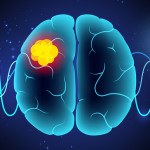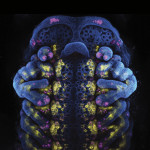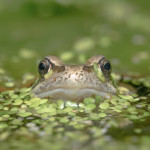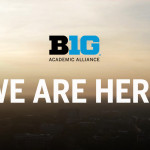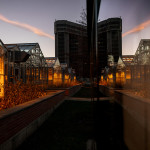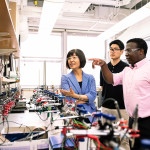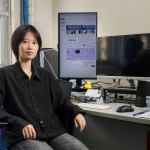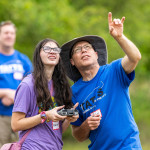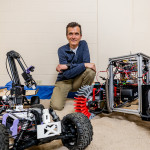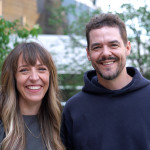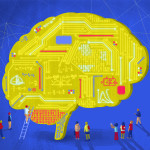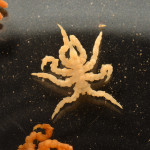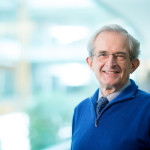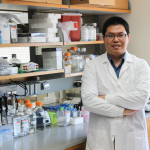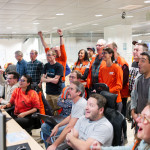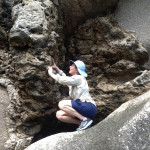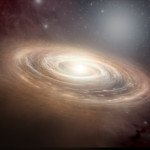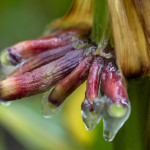Category Science & Technology
UW researchers uncover possible new treatment to target a devastating childhood brain cancer
Using fruit flies, scientists are investigating the genetic drivers of the rare but aggressive tumor.
2025 winners of the Cool Science Image Contest
This year’s winners used a variety of tools — from phone cameras to CT scanners — to capture fascinating, surprising and simply beautiful aspects of the natural world.
Scrolling for answers
Hundreds of Wisconsin teens are helping UW researchers study the effects of social media. The findings could be transformative.
Antibiotic pollution could accelerate amphibian decline by turning a potential solution into a threat
This pollution turns a bacteria’s natural fungus-fighting chemicals into a boon for Bd, a fungus infecting amphibians worldwide
‘We are here’: New ad highlights national reach of Big Ten universities
A new TV ad by the Big Ten Conference celebrates the collective and collaborative impact of its members schools, including UW–Madison.
Recycling lithium from old electric vehicle batteries could be done cheaply with new electrochemical process
A group of UW–Madison chemists are hopeful they've found a solution, and they're already filing patents and courting global carmakers.
UW–Madison researchers expose how automation apps can spy — and how to detect it
A team of engineers and computer scientists has identified vulnerabilities in popular automation apps that can make it easy for an abuser to stalk individuals, track their cellphone activity or even control their devices.
The Sky’s the Limit: Autistic youth explore science on their terms at STEM camp
Only three summer camps in the country give neurodivergent youth free access to science summer camps with programming tailored to their learning needs, and they’re all in Wisconsin. Due to cuts in funding from the National Science Foundation, this will likely be the last summer for the camps.
Robotic space rovers keep getting stuck. UW engineers have figured out why.
The researchers’ discovery resulted from their work on a NASA-funded project to simulate the VIPER rover, which had been planned for a lunar mission.
Quantum Leaps in Education
Artificial intelligence is here to stay. Here's how UW–Madison students are grappling with its promise — and perils.
Meet the ‘weird’ sea spider that’s mapping the evolution of eight-legged creatures
UW–Madison researchers and their international colleagues have published the first high-quality genome of a sea spider species, providing a key reference point for the evolutionary traits of many related animals.
UW professor emeritus who paved the way for at-home colon cancer testing and other screenings earns national recognition
Earlier this month, the Bayh-Dole Coalition awarded James Dahlberg the American Innovator Award, recognizing his commitment to advancing federally funded inventions from the laboratory to real-world applications.
UW–Madison physicists play key role in international observatory
Physics professor Keith Bechtol and his research group have been key players in bringing the Vera C. Rubin Observatory in Chile to the main stage. Now its state-of-the-art telescope has started taking its first images of the night sky.
Fossil corals point to possibly steeper sea level rise under a warming world
Newly uncovered evidence from fossil corals found on an island chain in the Indian Ocean suggests that sea levels could rise even more steeply in our warming world than previously thought.
Measuring gases around young stars, astronomers unlock major clues to planet formation
UW–Madison astronomers and international collaborators have produced the most accurate measurement of the gases swirling around young stars and their changing mass over time. The discovery offers clues to how different types of planets form.
UW innovations are helping farmers produce crops with less fertilizer. A pause in federal funds is threatening the research.
Thanks to federal support, UW researchers are engineering beneficial bacteria and breeding more-resilient crops with the aim to minimize farmers’ reliance on synthetic fertilizers, increase their cost savings and help protect the environment.

